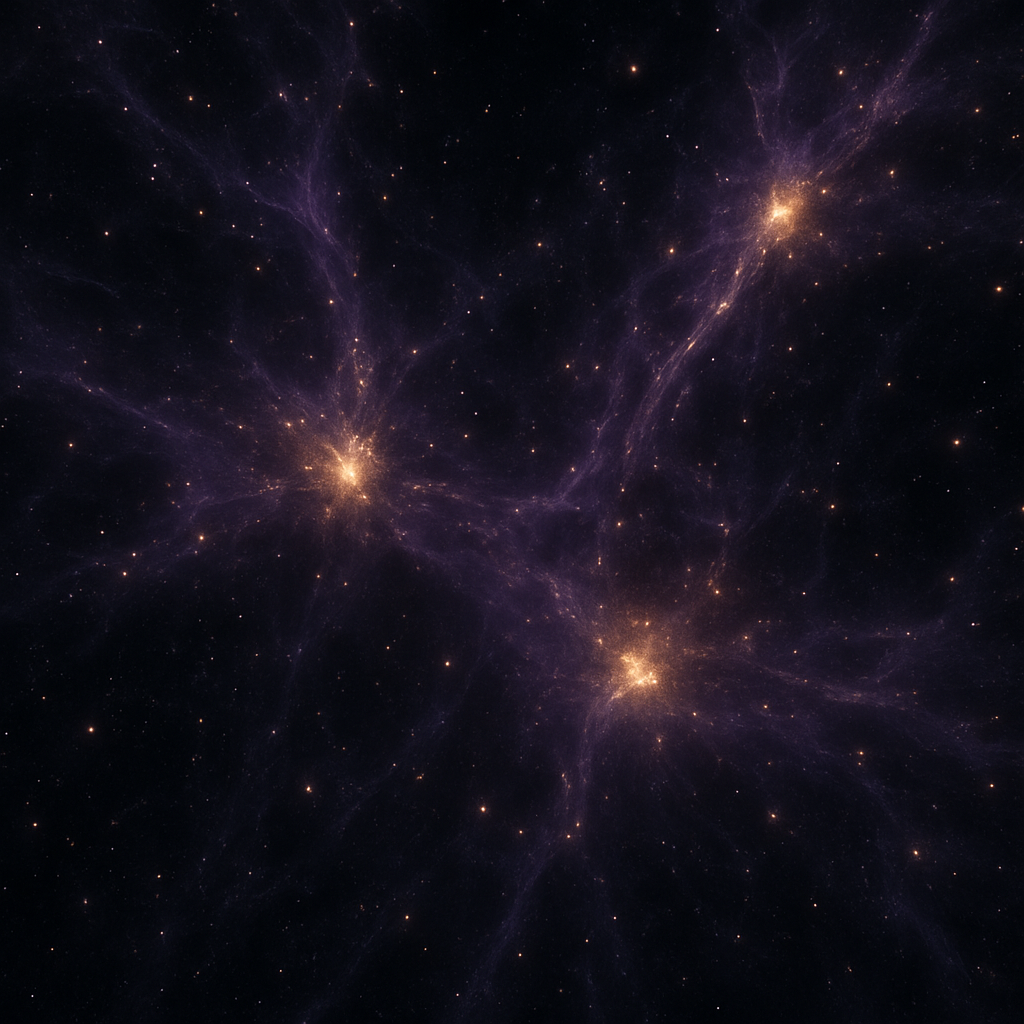
A Wall Across the Universe?
What if we told you that there's something in the cosmos so
vast, so massive, that it spans over 10 billion light-years?
That’s the estimated scale of the Hercules–Corona
Borealis Great Wall — a mysterious superstructure so enormous, it may
defy the foundational rules of cosmology itself.
Discovered in 2013, this structure might be the largest
single entity ever detected in the observable universe.
But what exactly is it? And why has it challenged the
boundaries of what we thought we knew about the universe?
Let’s explore.
What Is the Hercules–Corona Borealis Great Wall?
The Hercules–Corona Borealis Great Wall (HCBGW)
is a proposed cosmic megastructure — a region of space densely
packed with galaxies and quasars, stretching across an estimated
10 billion light-years.
It gets its name from the constellations toward which it
appears in the sky:
Unlike human-made walls, this one is made of galaxies,
black holes, and vast clouds of gas, woven into a filamentary pattern on
the largest scales imaginable.
How Was It Discovered?
The HCBGW wasn’t found using visible light or standard
galaxy surveys.
It was discovered through the analysis of Gamma-Ray Bursts (GRBs) —
short, ultra-energetic flashes of radiation believed to come from exploding
stars or merging neutron stars in distant galaxies.
In 2013, a team led by István Horváth (National
University of Public Service, Hungary) noticed something strange:
A cluster of GRBs seemed to appear in the same region of the
sky — at roughly the same distance from Earth (~10 billion light-years).
Such a concentration suggested there might be a real
physical structure behind the distribution — a massive group
of galaxies or quasars all gravitationally connected.
How Big Is It?
Estimates place the size of the HCBGW at approximately:
10 billion light-years across
To put that in perspective:
The HCBGW dwarfs them all — by an order of
magnitude.
Why It Matters: A Challenge to Cosmology
At the heart of modern cosmology lies the Cosmological
Principle — the idea that on large enough scales, the universe should
be homogeneous and isotropic (the same in all
directions).
According to this principle, structures larger than
about 1.2 billion light-years are not expected to
form.
The HCBGW, at 10 billion light-years, breaks
that limit — or at least seems to.
If this structure is confirmed, it may force cosmologists to
rethink our models of:
In short: this discovery could rewrite our
understanding of the universe's architecture.
Is It Real? Or a Cosmic Illusion?
Not all scientists are convinced the HCBGW is a true
“structure.”
Critics point out:
Some argue that the clustering might be a coincidence — or a
feature of how we observe the distant universe, rather than a true physical
wall.
More data from deep-sky surveys, quasar
catalogs, and cosmic background studies is needed to
confirm (or refute) its existence.
Summary: What We Know So Far
|
Feature |
Details |
|
Name |
Hercules–Corona Borealis Great Wall |
|
Type |
Proposed large quasar group (superstructure) |
|
Estimated Size |
~10 billion light-years |
|
Discovery Year |
2013 |
|
Discovery Method |
GRB clustering |
|
Distance (redshift) |
z ≈ 1.6–2.1 |
|
Scientific Status |
Controversial, under investigation |
|
Implications |
May challenge standard cosmological models |
What Comes Next?
Whether the HCBGW turns out to be a true physical structure
or a statistical illusion, its discovery has already pushed the boundaries
of what we think is possible in the universe.
we believe questions like this are the spark of great
science. They remind us that even now, in the era of space telescopes and
quantum computing, the cosmos still holds deep mysteries.
And that’s exactly what makes science so thrilling.
